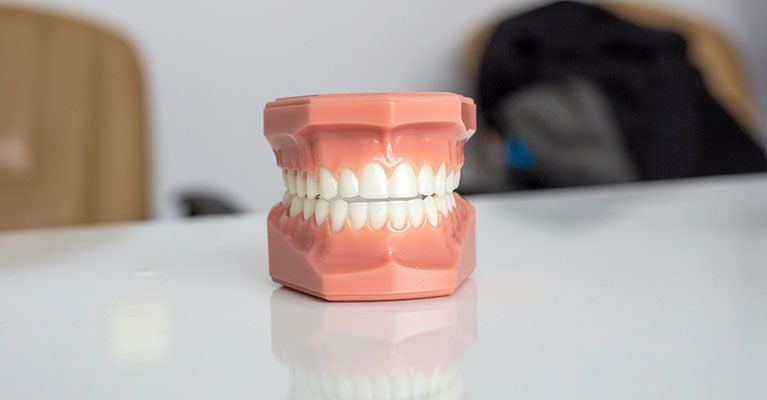What are elastics for braces? (Part 1)
1 June 2025
4 mins min read
Elastics For Braces: The Ultimate Guide
+ Part 1: What are elastics for braces?
+ Part 2: My first week with braces elastics
+ Part 3: Elastics & braces FAQs
+ Part 4: Braces elastics: Practical tips for daily life
+ Part 5: Braces & elastics - everything you need to know
WHAT ARE RUBBER BANDS IN ORTHODONTICS?
Rubber bands in orthodontics - also referred to as elastics - are tiny circular rubber bands that work with braces to help move your teeth towards their final, straight position.
They are used in orthodontic treatment for children and adults alike.
HOW DO ELASTICS WORK WITH BRACES TO STRAIGHTEN TEETH?
As we know, braces slowly, gently and surely apply force to the teeth to straighten them.
Orthodontic rubber bands apply additional force.
Why are elastics used in braces?
They are most commonly attached from upper arch brackets to lower arch brackets.
Your orthodontist will tell you when to wear them and for how long.
They are typically used to improve the alignment of the jaw, correct issues such as underbite, overbite or crossbite and tweak the final position of your teeth in the later stages of treatment.
In the UK, elastics are almost always used in orthodontic treatment for children and teenagers.
For adults, they are also common – particularly in slightly more complex cases involving bite correction.
HOW TO TAKE CARE OF ELASTICS FOR BRACES
Tip 1: Replace your braces rubber bands regularly
Your elastic bands lose some elasticity and get a little dirty over time.
Change your elastics once or twice a day - or more regularly if your orthodontist advises it.
Which brings us to...
Tip 2: Listen to your orthodontist about your braces elastics!
If you don't, you can delay completion of your treatment,
Make sure you follow all your orthodontist’s advice on things including when and how long to wear the bands each day and, of course, which teeth to connect.
Tip 3: Remove your rubber bands for eating
Take them out for meals and snacks and replace them with fresh bands
Tip 4: Be prepared
Don't be caught short...
Always remember to take spares out with you wherever you go so you can replace your bands as and when needed.
Tip 5: Look after your teeth and gums
As always - and remember to remove your rubber bands first - brush your teeth thoroughly at least twice a day.
WHY IS IT SO IMPORTANT TO CHANGE ORTHODONTIC ELASTICS REGULARLY?
As already mentioned, your bands quickly lose strength and elasticity.
As your normal jaw motion stretches them, they are also further exposed to food particles and saliva which can erode them
Fresh elastics = effective orthodontic treatment
For all these reasons, regularly changing them gives you the most effective treatment possible.
COMING UP IN PART 2
Join us next time for a first-hand account of a patient's first week using elastics for braces.



